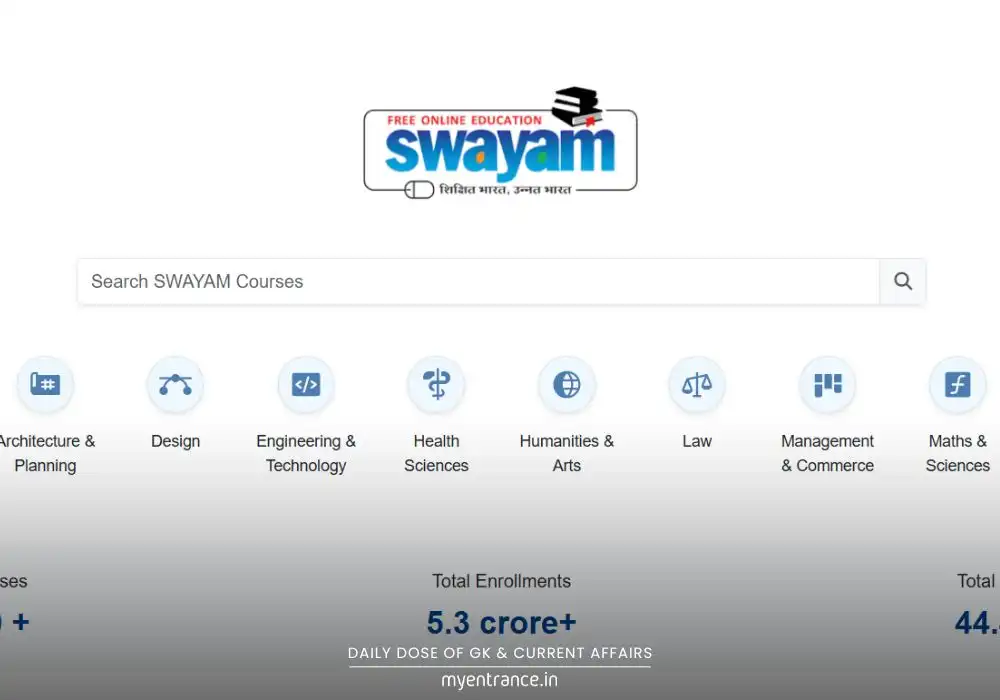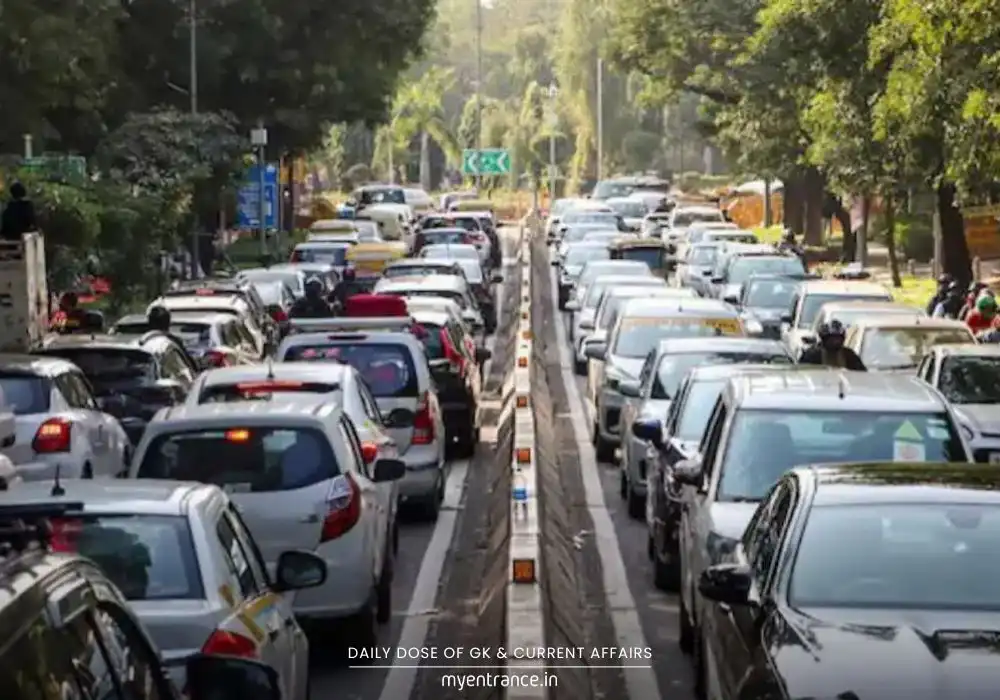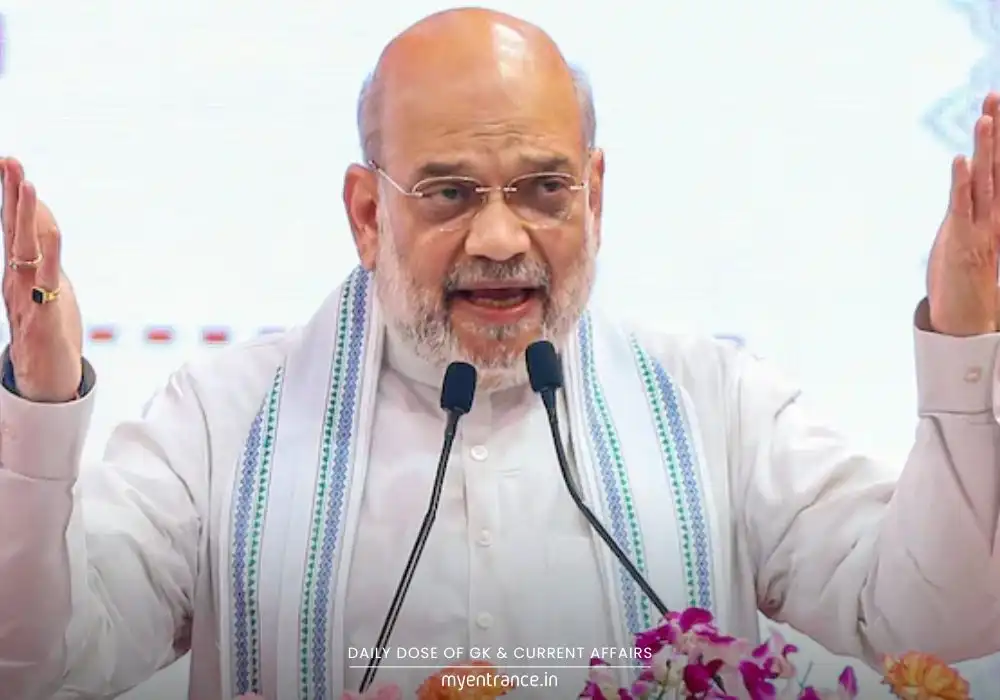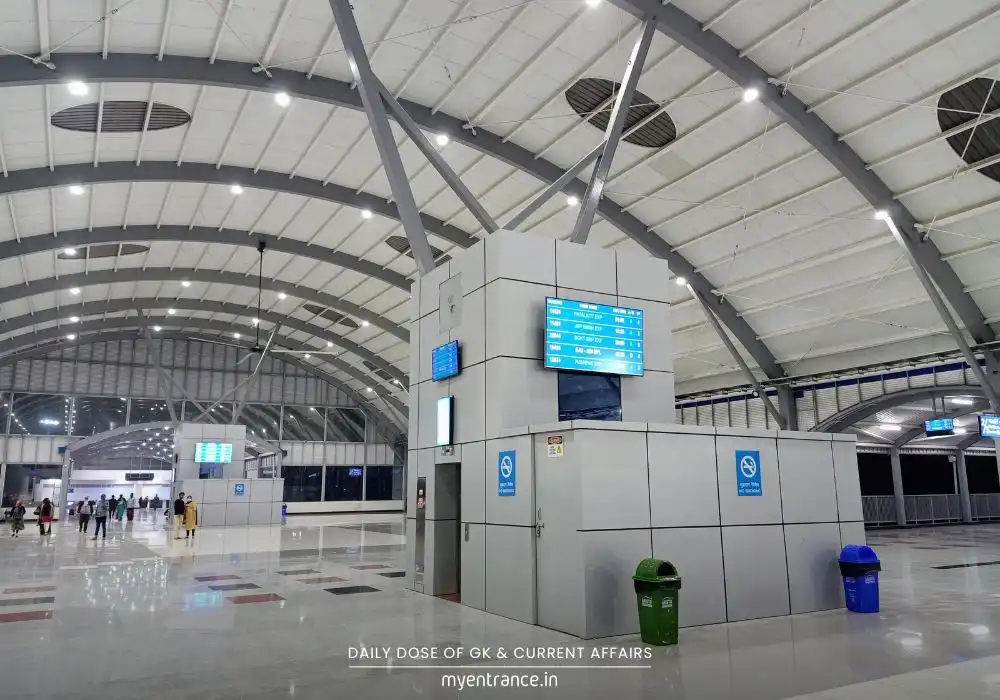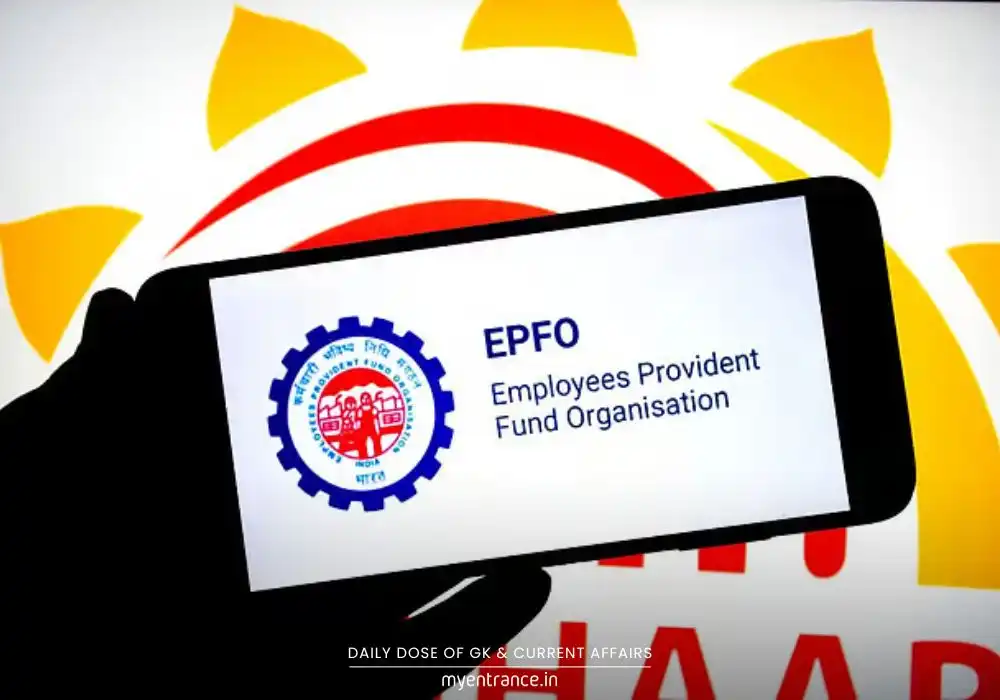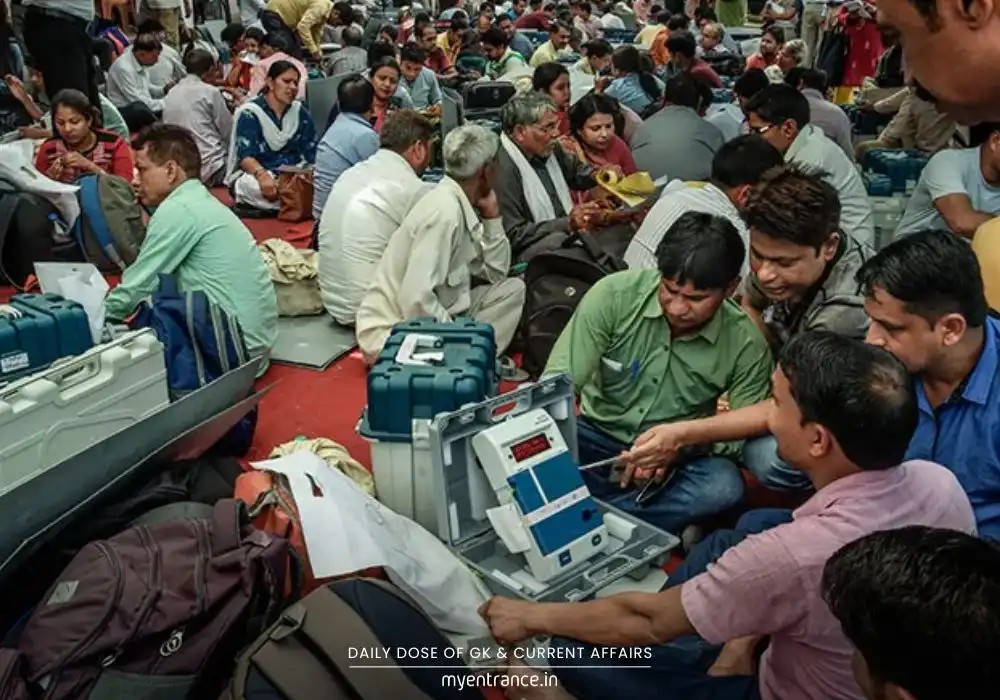Translate Language
Why is India’s First Hydrogen Train Making Headlines Worldwide?
Indian Railways has taken a giant leap toward sustainable transportation with its first hydrogen-powered train trial. Successfully tested at Chennai’s Integral Coach Factory (ICF), this innovation positions India among global leaders in hydrogen rail technology. Here’s everything you need to know about its groundbreaking features, route, and significance.
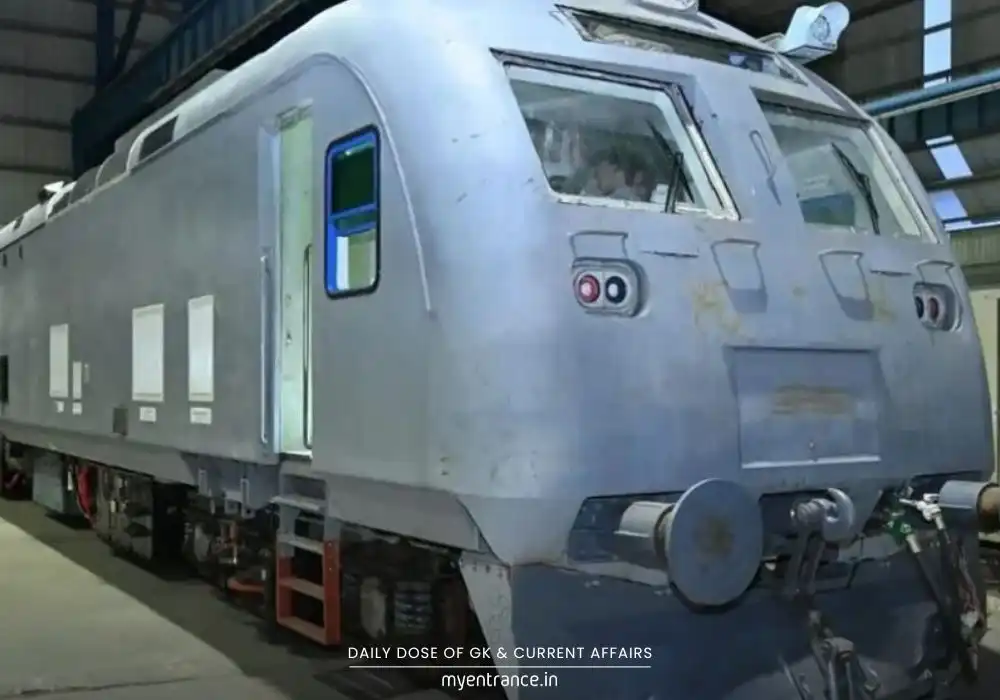
India’s Hydrogen Train: A Global Record-Breaker
Union Railway Minister Ashwini Vaishnaw recently announced the successful trial of India’s hydrogen-powered train, a milestone in clean energy adoption. Here’s what makes it exceptional:
Most Powerful Hydrogen Train Globally: With a 1,600 HP engine, it surpasses existing hydrogen trains worldwide.
Highest Passenger Capacity: Can accommodate over 2,600 passengers, the largest for any hydrogen train.
Longest Hydrogen Rake: Comprises 10 units, including two engines and eight trailers.
Proposed Route & Operational Plans
The hydrogen train will debut in Haryana, running between Jind and Sonipat. This pilot project aligns with Indian Railways’ broader vision:
Heritage & Hill Routes: Plans include 35 hydrogen trains under the “Hydrogen for Heritage” initiative, costing ₹80 crore per train.
DEMU Retrofitment: A Diesel Electric Multiple Unit (DEMU) will be retrofitted with hydrogen fuel cells at ₹111.83 crore for the Jind-Sonipat route.
Why This Matters for Competitive Exams
Current affairs on sustainable technology are crucial for exams like UPSC, SSC, PSC, NID, NIFT and KAS. Key takeaways:
India’s Green Energy Leadership: Highlights advancements in renewable energy.
Railway Modernization: Reflects government initiatives like “Hydrogen for Heritage.”
Global Rankings: Understanding India’s position in hydrogen tech aids in GK sections.
FAQs on India’s Hydrogen Train
Q1: What is the power capacity of India’s hydrogen train?
A: It boasts 1,600 HP, making it the world’s most powerful hydrogen train.
Q2: Which route will the hydrogen train operate on initially?
A: The Jind-Sonipat section in Haryana.
Q3: How does this train benefit the environment?
A: It emits zero carbon, reducing reliance on diesel/electricity.
Q4: What is the passenger capacity of this train?
A: Over 2,600 passengers, the highest globally for hydrogen trains.
Q5: How much is India investing in hydrogen train projects?
A: ₹80 crore per train + ₹70 crore per route under “Hydrogen for Heritage.”
This hydrogen train trial isn’t just a railway milestone—it’s a stepping stone toward India’s sustainable future. For aspirants, grasping its tech, route, and policy implications can give an edge in exams. Stay updated with MyEntrance.in for more insights on such transformative developments!
Get 3 Months Free Access for SSC, PSC, NIFT & NID
Boost your exam prep!
Use offer code WELCOME28 to get 3 months free subscription. Start preparing today!

